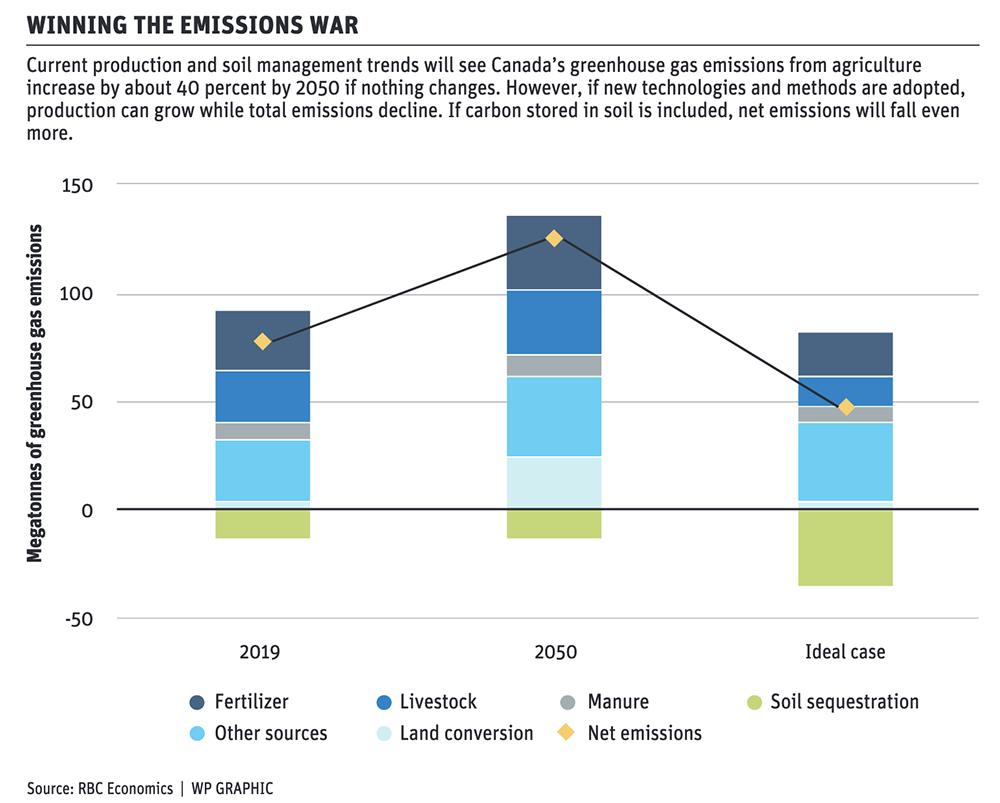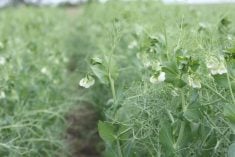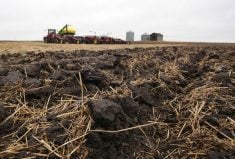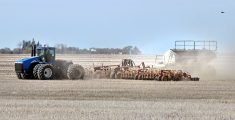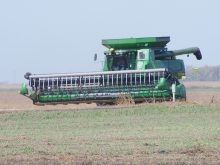A recent report concludes that carbon sequestration is the key to producing more crops while reducing greenhouse gases
Canadian farmers can become even more of a global food powerhouse while reducing overall greenhouse gas emissions, a team of economists and analysts argues in a new report.
From today’s 93 million megatonnes of annual emissions, Canadian agricultural emissions will grow to 137 million by 2050 if present farm production methods are followed and production expands.
However, the authors from the Royal Bank of Canada, the Boston Consulting Group and the University of Guelph’s Arrell Food Institute believe that not only can farmers achieve lower per unit intensity, but also reduce overall emissions to lower than today. Net emissions will fall even further if carbon sequestration is expanded.
Read Also

U.S. government investigates high input costs
The USDA and DOJ are investigating high input costs, but nothing is happening in Canada.
But to achieve much higher agricultural production while slashing carbon emissions will demand big investments in technologies, incentives and supports for farmers, says The Next Green Revolution report from RBC.
“The urgency of the situation means we’ll need to act boldly using the best tools we have today. And we’ll need to do it together. Policymakers, private businesses and producers will need to collaborate in new ways as we pursue a national strategy designed to support farmers,” says the report.
“Building an agricultural sector fit for an age of climate disruption is a challenge unlike any we’ve faced. But few countries are better positioned than Canada to confront it.
“The global threat of food insecurity (is) growing. So, too, is our ability to lead a new age of innovation to both harvest our land and sustain it.”
The report is subtitled “How Canada can produce more food and fewer emissions.”
The report believes new and developing technologies hold the key to enormous emission reductions. Those include:
- carbon capture
- feed additives for cattle
- anaerobic manure digesters
- precision farming technology
If crop growers embrace carbon sequestration in their farming practices, net emissions from today will decline even as production substantially grows.
“By engaging these technological and management solutions, and mobilizing finance and policy to support farmers, Canada can cut up to 40 percent of potential 2050 emissions,” says the report.
But these technologies and practices won’t be embraced if farmers aren’t supported and rewarded for adopting them. Farming is too risky and the financial perils too great to expect farmers to be aggressive adopters.
“New models are needed to reward the adoption of these solutions, to execute them at scale and to reduce uncertainty and risk for farmers.”
The report is focused on achieving the twin goals of boosting Canadian agricultural production and exports while reducing greenhouse gas emissions. It addresses the domestic economic issues that discourage farmers from taking chances with revolutionary technology, such as the enormous costs and possible production risks, on top of an inherently risky industry subject to the vagaries of the weather.
Funding expensive systems like anaerobic digesters for large livestock producers or converting to nascent and nebulous production systems like “regenerative agriculture” for mixed farms won’t happen much if farmers fear the costs and consequences.
Cutting edge feed additives for cattle sometimes aren’t even available in Canada, while carbon capture systems for fertilizer production are dauntingly expensive and complicated to establish.
“New models are needed to reward the adoption of these solutions, to execute them at scale and to reduce uncertainty and risk to farmers.”
The report is also careful to address Canada’s role as an exporter in a world of differing production systems. Rather than looking at Canadian agricultural emissions in isolation, Canada’s farm production needs to be compared to competing alternative producers.
“Canadian beef has one of the smallest carbon footprints globally, with greenhouse gas emissions well below the global average. That makes us a critical beef supplier as the world looks to cut emissions. Our dairy cattle too emit fewer GHGs per kilogram of final product than the global average,” says the report.
To deal with the different levels of GHG emissions between Canada and other sources of food, the report calls for Canada to “lead efforts to create global alignment on a low-emissions food standard.
“Roughly 61 percent of our agricultural emissions are tied to goods that are ultimately exported. Advancing an emissions reduction strategy that’s misaligned with our key export markets could create frictions in our trading relationships. We need to align trading partners around a common set of goals, indicators and GHG measurement, reporting and verification protocols.
“Canada, a longstanding supporter of free trade, and a global leader in multilateral processes, can lead these efforts.”
Undermining the ability of Canada’s agriculture industries to develop and embrace new technologies is a troubling lack of private sector investment. Hundreds of billions of dollars are flowing into emissions-focused technology research and development around the world, but only a paltry amount of it is coming to Canada.
To address this shortfall, new tax incentives and supports should be offered for investors in the needed ag tech. There should also be a “central funding body for research and development, operating in close partnership with academia and the private sector.”
Central to the report is support for farmers to adopt new technologies and practices, rather than penalizing them for emissions.
“Forcing farmers to pay for emissions they already produce could add pressure to high food prices. A better approach is to compensate them for reducing them,” says the report.
Finding a way to recognize the value of systems that reduce emissions is essential.
“A national standard for measuring the impact of emissions-cutting activities, including a mechanism for measuring, reporting and verifying carbon stored in soils, could be critical to compensating farmers and to empowering policymakers and financial institutions to mobilize support.”


